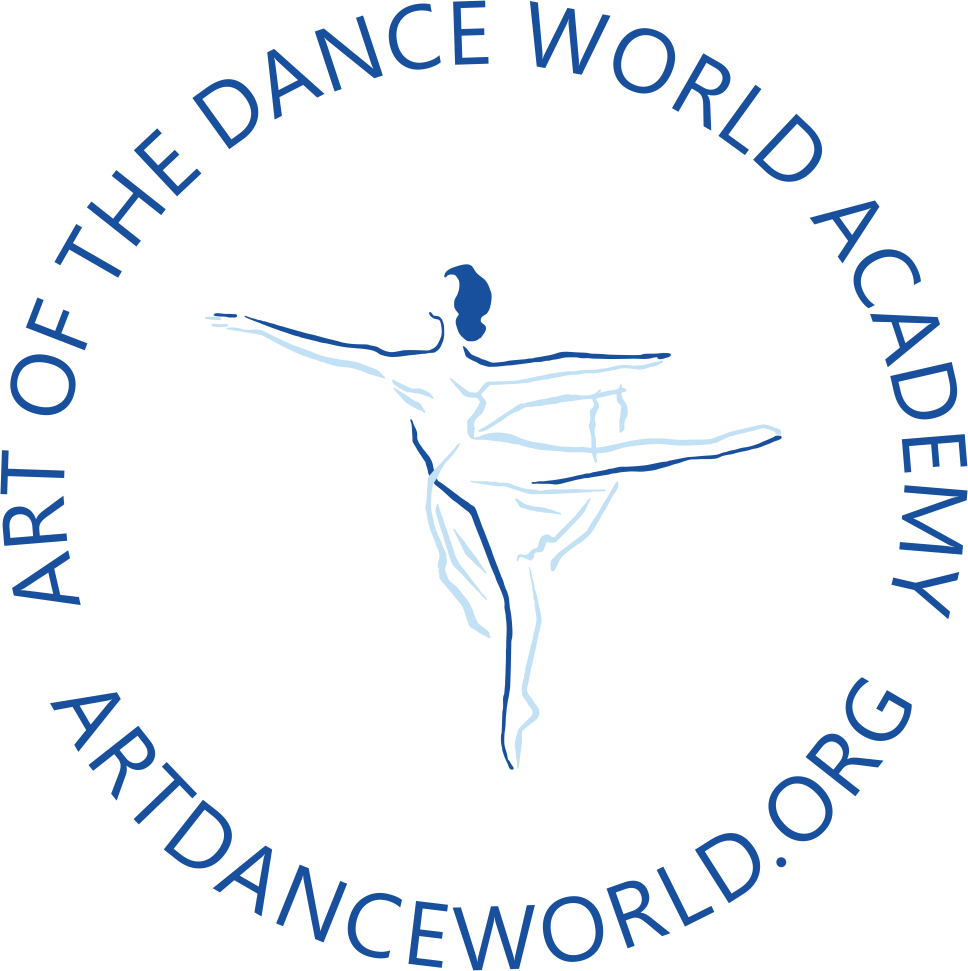Based on the Social studies we are brining history to life. With professional master teachers, dancers, musicians and actors.

Social study 10 Days Dance Residency. JHS217Q 6th grade.
“In the Face of Conflict, the Human Race Has Persevered: A Journey Through Time”.
The progressive growth of early humans, who had discovered agriculture and established sedentary lives in which civilizations and organized religions, traditions and rituals began to form.
Indian folk and tribal dances are performed for every possible occasion, to celebrate the arrival of seasons, birth of a child, a wedding and festivals. Each form of dance has a specific costume. Most costumes are flamboyant with extensive jewels.
“In the Face of Conflict, the Human Race Has Persevered: A Journey Through Time”.
6th grade.
The progressive growth of early humans, who had discovered agriculture and established sedentary lives in which civilizations and organized religions, traditions and rituals began to form.
Chinese fans as a symbol of elegance and grace, which led to the creation of traditional Chinese fan dances. However, some saw deadly beauty within the delicacy of the fan, bringing to life Kung Fu fan dancing. Combining the traditional beauty and precision of the fan dance with the power of Kung Fu, this new form of dance truly showcases an incredible blending of Chinese traditions.
Social study 10 Days Dance Residency. JHS217Q. 7th grade.
As settlers from Europe crossed over the Atlantic Ocean to set foot on ‘the New World’, they came across the indigenous people whose lives were filled with the tradition of dance. As the settlers adapted to their new lives in the unfamiliar environment, they only had to look to the thriving Native American cultures surrounding them to see how to persevere in this new world. In Native American culture, dance is serves all kinds of functions from ritual ceremonies to celebrations of life, as prayers or as a form of storytelling.
Social study 10 Days Dance Residency. JHS217Q. 7th grade.
As settlers from Europe crossed over the Atlantic Ocean to set foot on ‘the New World’, they came across the indigenous people whose lives were filled with the tradition of dance. As the settlers adapted to their new lives in the unfamiliar environment, they only had to look to the thriving Native American cultures surrounding them to see how to persevere in this new world. In Native American culture, dance is serves all kinds of functions from ritual ceremonies to celebrations of life, as prayers or as a form of storytelling.
Social study 10 Days Dance Residency. JHS217Q. 7th grade.
Carrying over traditional folk dances from Europe, the settlers who ventured out west created what people today call square dances. After exploring the unfamiliar world around them, cowboys and other frontier folk would gather together to build new communities; and what better way is there to build a sense of community than to share in the fun of dance?
Social study 10 Days Dance Residency. JHS217Q. 8th grade.
Roaring Twenties!!! With the victory of World War One behind us, the 1920s became an age of prosperity for America. Immigrants who had flocked to America since the discovery of the “new world” were now thriving in the booming post-war economy. And with so much prosperity and hope floating around, the Charleston dance was born to celebrate the joy of the 20s.1950s Mambo/Cuban.
With the immigration of people from all different cultures, it’s no wonder that the Cuban inspired Mambo became part of popular culture in the 1950s. The Mambo, created in Havana by Perez Prado, symbolized the advancement of culture in the United States, and America’s prominent presence in the world. As technology and society advanced and American culture became more integrated with the traditions of immigrants, the popularity of the Mambo allowed for the preservation of persevering Americans.
